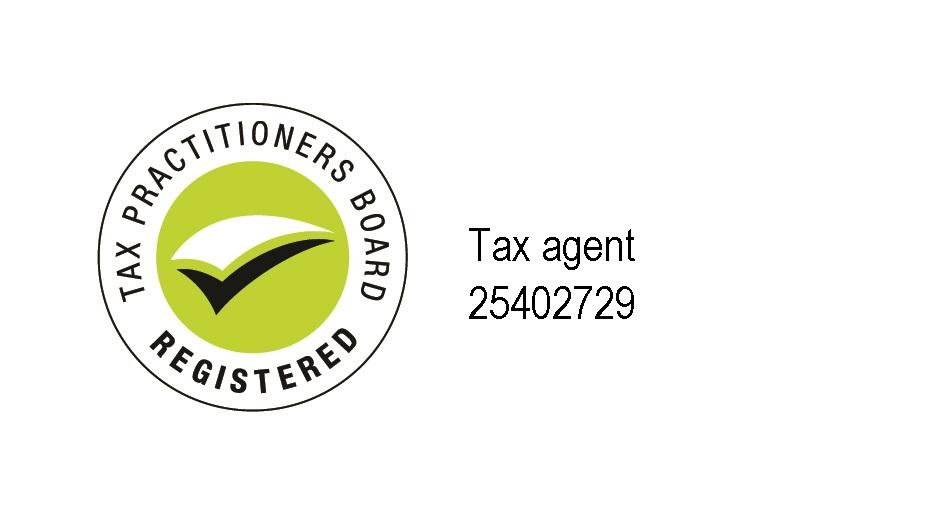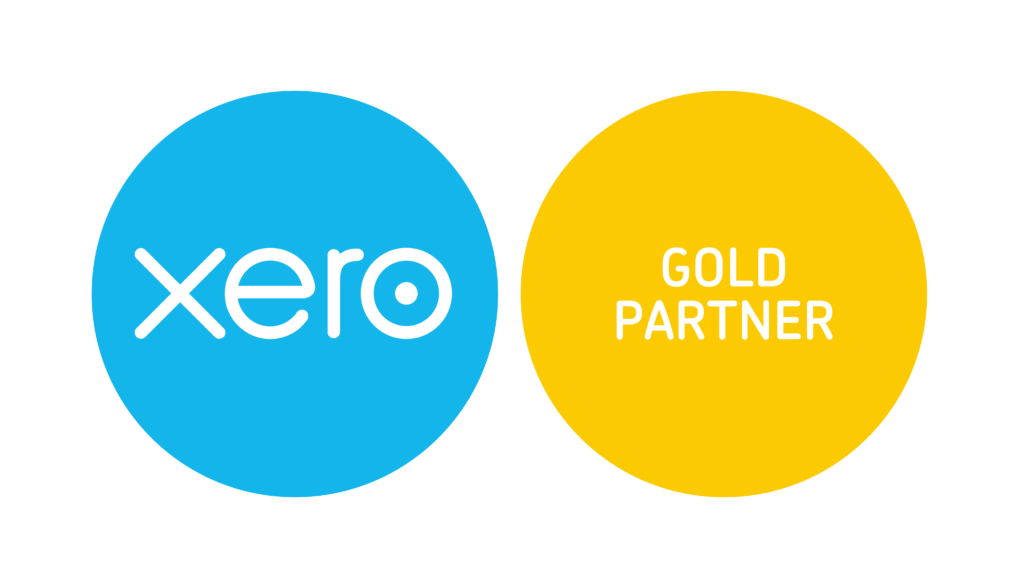Corporate Tax Cuts

Changes to the Treasury Laws Amendment (Lower Taxes for Small and Medium Businesses) Act 2018 received Royal Assent on 25th October 2018 and heralded the first step in delivering a significant tax reform plan and corporate tax cuts. Changes to the Act appear to be vital steps in accelerating:
- Corporate tax cuts for corporate tax entities (base rate entities); and,
- An increase in the income tax offset for unincorporated small businesses.
As a result, the Government’s ten-year plan to introduce company tax cuts (which was announced in the 2016/17 Federal Budget but planned for implementation in 2026/27), will now come to fruition five years earlier than expected, reducing the company tax rate to 25% and the maximum small business income tax offset to 16% and, is scheduled to take effect in the 2021–22 income tax year.
Lower Tax Rates for Base Rate Entities
The reduction in corporate tax rate for eligible entities received Royal Assent on 19 May 2017 (Treasury Laws Amendment (Enterprise Tax Plan) Act 2017 or ETP Act) however, this recent amendment to the Act aims to fast track the implementation of corporate tax cuts, reducing corporate tax rates from 27.5% to 25%. for eligible companies with a turnover of less than $50 million, set to take effect from 2021–22.
This act also introduced a new concept – the Base Rate Entity (BRE). Only corporate tax entities which are BREs will be eligible for the corporate tax cuts, with all other entities continuing to be taxed at 30%.
To qualify for the lower 27.5% tax rate in the 2017–18 income year, a company must meet the BRE definition, which requires them to:
- have an aggregated turnover of less than $25 million; and,
- have no more than 80% of their assessable income as base rate entity passive income.
| Year | Eligible Entity | Aggregated annual turnover threshold | Previous Tax Rate | New Tax Rate | All Other Crporate Etities |
| 2016–17 | SBE | $10 million | 27.5% | 27.5% | 30.00% |
| 2017–18 | BRE | $25 million | 27.5% | 27.5% | 30.00% |
| 2018–19 | BRE | $50 million | 27.5% | 27.5% | 30.00% |
| 2019–20 | BRE | $50 million | 27.5% | 27.5% | 30.00% |
| 2020–21 | BRE | $50 million | 27.5% | 26% | 30.00% |
| 2021– 22 | BRE | $50 million | 27.5% | 25% | 30.00% |
| 2022–23 | BRE | $50 million | 27.5% | 25% | 30.00% |
| 2023–24 | BRE | $50 million | 27.5% | 25% | 30.00% |
| 2024–25 | BRE | $50 million | 27% | 25% | 30.00% |
| 2025–26 | BRE | $50 million | 26% | 25% | 30.00% |
| 2026–27 | BRE | $50 million | 25% | 25% | 30.00% |
Table 1: Progressive Tax Reductions for BRE’s.
Small Business Tax Offset
The small business income tax offset (also known as the unincorporated small business tax discount) will reduce the tax you pay by up to $1,000 each year. The offset works in the following way:
- The offset is calculated based on the proportion of tax payable on your business income.
- To be eligible, you must be a small business or sole trader, or have a share small business income from a partnership or trust.
- Your small business must have an aggregated turnover of less than $5 million.
The Act fast tracks the previously legislated progressive increases to the SBITO rate as set out in the table below. The amendments are intended to provide small businesses that do not pay the corporate tax rate with an increased offset rate that is broadly equivalent to the reductions in the corporate tax rate.
| Income year | Aggregated Turnover Threshold | Rate of Off Set | Maximum Off Set |
| 2015–16 | $2m | 5% | $1,000 |
| 2016–17 to 2019–20 | $5m | 8% | $1,000 |
| 2020–21 | $5m | 13% | $1,000 |
| 2021–22 | $5m | 16% | $1,000 |
Table 2: Progressive Changes to the Small Business Income Tax Offset
Implications to Franking Rates
For distributions paid in the 2016–17 income year and thereafter, the maximum franking credits that a corporate tax entity can attach to a distribution is worked out by reference to its corporate tax rate for imputation purposes. Meaning, the entity’s corporate tax rate for the income year of the distribution, based on the assumption that its aggregated turnover and, passive and assessable income, is like previous years.
Hence, the acceleration of the corporate tax cuts will have an impact on the maximum franking credits that an entity can attach to its distributions. This will mean that:
- shareholders on marginal tax rates (above that of the corporate tax rate) will be subject to additional top-up tax on distributions they receive five years sooner; and,
- a higher proportion of franking credits will be trapped in the company’s franking account, due to the reduction in the maximum franking rate.
The maximum franking credit that can be allocated to a frankable distribution paid by a corporate entity will be based on their applicable corporate tax rate for imputation purposes.
Implications to R&D Tax Offset Rates
The Research and development (R&D) tax incentive aims to encourage Australian companies to perform important research and development, which will benefit our economy in the future. It incentivises those business by providing a tax offset for eligible activities. There are two core components:
- a refundable tax offset for certain eligible entities with an aggregated turnover of less than $20 million
- a non-refundable tax offset for all other eligible entities.
For example, Company XYZ is an R&D entity and is entitled to notional deductions of $150,000,000 for R&D expenditure. Company XYZ’s aggregated R&D turnover for the income year is $400,000,000. The company’s turnover is greater than $20,000,000 so the company can claim the 38.5% non-refundable R&D tax offset, on the notional deductions of up to $100,000,000, and can claim the company tax rate of 30% on the balance of $50,000,000. This is calculated as follows:
38.5% × $100,000,000 = $38,500,000
30% × $50,000,000 = $15,000,000
Total R&D Claim = $53,500,000
As seen from the example above, the corporate tax cuts will impact on the rate of a company’s R&D tax offset. From 1 July 2019, the rate of the R&D tax offset will be based on a premium added to the company’s corporate tax rate; and a lower tax rate means that the company will be entitled to a lower R&D tax offset rate.
All in all, it seems that the stage is now well and truly set for reductions in corporate tax rates. And whilst analysts laments on the wider impacts, the intent is a breath of fresh air for Australian businesses and gladly, will be here sooner than originally expected.
If you have any questions or need advice and clarity specific to your business, feel free to contact Semmens & Co on 03 8320 0320 for a free consultation.
If you’re looking for more information on how to maximize tax benefits for your business, download our e-book Top 9 Tax Tips That Could Save You Thousands.







